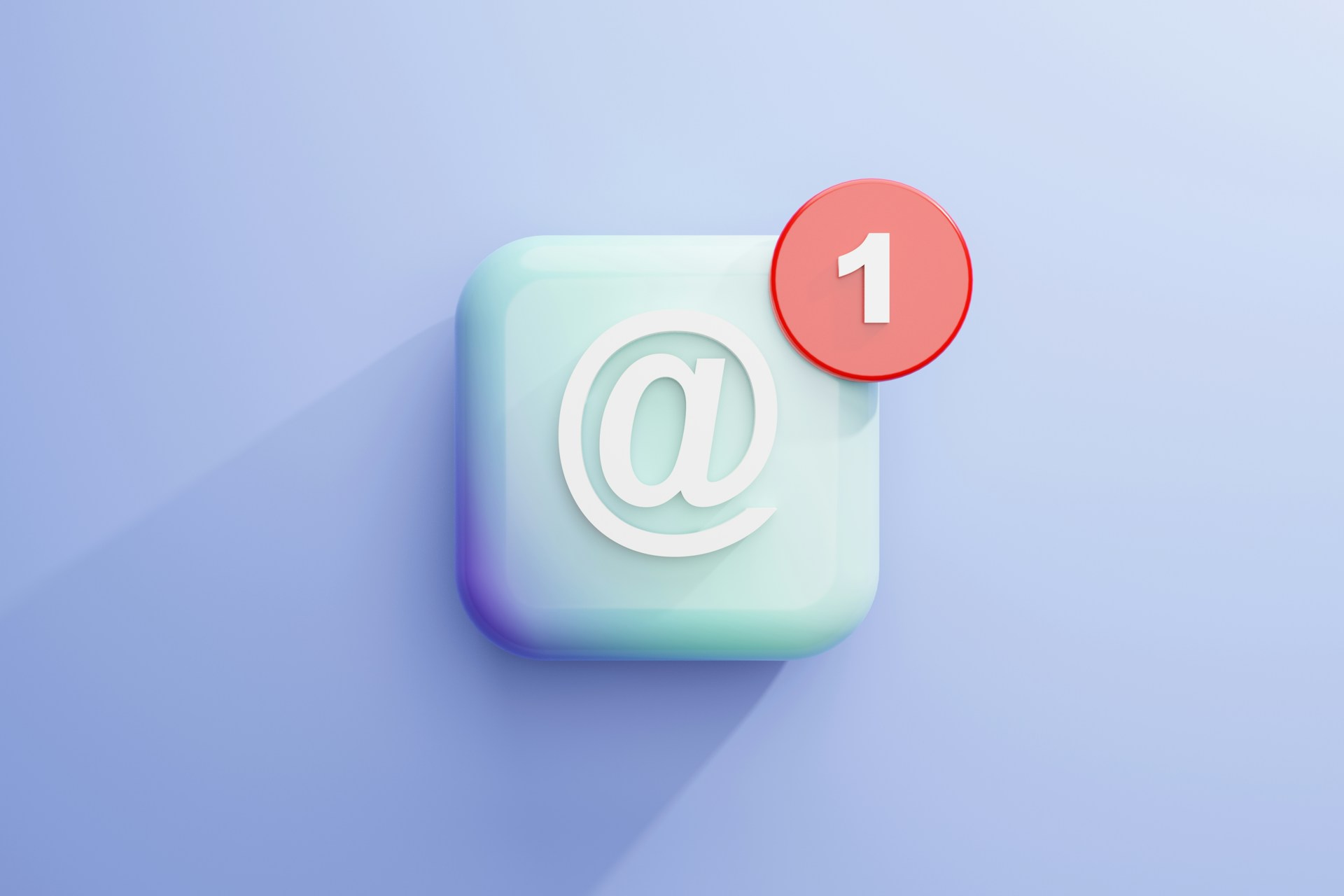
Discover how modern email tools help teams design, automate, and analyze campaigns that boost engagement, build trust, and drive business growth.
Email marketing is still one of the strongest ways for businesses to connect with their audience. People check their inbox every day, and the right message can lead to clicks, sales, or long-term trust. For companies, the challenge is not just sending emails but sending them well.
That is where modern tools make a difference. They give teams the structure and flexibility to create campaigns that look good and feel personal without wasting time.
Businesses no longer rely only on basic sending tools. They now expect full platforms that make the process faster and more effective.
These platforms bring design options, automation, and insights under one roof. For small startups, this means they can look professional from the start. For large organizations, it means managing multiple campaigns without chaos.
Strong email platforms help both beginners and experienced marketers. They make it possible to write better copy, design with ease, and learn what works through clear reporting. With so many options, it helps to look closer at what makes a platform stand out.
Why email tools support growth
Good tools save time and reduce errors. A team can plan campaigns in advance, track their progress, and make updates as needed. Without them, sending even one campaign could take hours or days. With them, a single person can handle tasks that once required a full team.
They also improve brand consistency. When all emails follow the same design and tone, readers start to recognize the sender right away.
This builds trust over time. It is not just about making a single message look good. It is about creating a steady presence in the inbox.
Another reason businesses rely on these platforms is their data. They show open rates, click rates, and even the best time to send. Without this feedback, teams are left guessing. With it, they can adjust strategy and improve each campaign.
What email builder features bring to the table
A strong platform comes with tools that make building emails simple and flexible. Email builder features are what most users notice first. These include drag-and-drop editors, pre-made templates, and options to add images, buttons, or videos. They make design possible without coding knowledge.
For many teams, these features are the difference between sending plain text and sending professional-looking messages.
A well-designed template can match brand colors, include a clear call to action, and adapt to mobile screens. Since more people read emails on their phones, this flexibility is essential.
These features also speed up the process. Instead of starting from zero each time, teams can reuse templates or make small changes for different campaigns. This keeps branding steady while still allowing creativity. Even for those new to email marketing, these tools make design less stressful and more enjoyable.
How automation changes the process
Another strength of modern email tools is automation. It allows teams to set up campaigns that run on their own. For example, when someone signs up for a newsletter, they can receive a welcome email right away. Later, they might get follow-ups based on what they read or click.
Automation also helps with reminders. If a customer leaves items in a shopping cart, an email can be sent to bring them back. If someone has not opened recent messages, a different kind of email can be sent to re-engage them. These processes keep communication active without needing constant manual effort.
The main benefit is personalization. Instead of one message going to everyone, automation helps create tailored paths for each subscriber. This makes readers feel valued, and it increases the chance of action.
The role of analytics in email success
Data is not only about numbers. It is about understanding what readers like. Analytics show which subject lines work best, which links get clicks, and which messages lead to sales. With this knowledge, businesses can keep improving their approach.
Analytics also highlight what does not work. Low open rates or high unsubscribe rates can signal that the message is off target. This helps teams adjust quickly before wasting time and resources.
Over time, tracking data leads to smarter campaigns. Businesses learn the best times to send, the type of content readers prefer, and even how to segment their audience. All of this helps make each message more relevant.
Conclusion
Email marketing remains strong because it balances reach with personalization. The tools available today give teams everything they need to make the process smooth, creative, and effective.
From easy builders to smart automation and clear analytics, these platforms take the guesswork out of email campaigns.
For any business looking to connect with its audience, investing in the right email tools is no longer optional. It is the foundation for clear communication, steady growth, and long-term customer trust.
Was this news helpful?






 Yes, great stuff!
Yes, great stuff! I’m not sure
I’m not sure No, doesn’t relate
No, doesn’t relate



